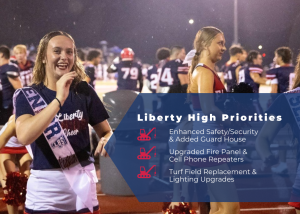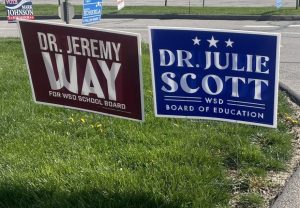The Black and The White
How racism affects teenagers of color in the American school system
The image above demonstrates that of the common stereotypical thinking when it comes to racism.
January 27, 2020
Racism is defined as a “system of structuring opportunity and assigning value based on the social interpretation of how one looks.” (American Academy of Pediatrics) It makes unfair disadvantages to one community of people or individuals. As well, it makes unfair advantages for individuals or a community of people.
While progress has been made towards racial equality, citizens today still have implicit bias. Implicit bias refers to stereotypes that affect our actions, decisions, and understanding in an unconscious manner. “Implicit racial bias affects our understanding of educational experiences from marginalized communities,” according to the U.S. Department of Education Civil Rights Data Collection 2016.
Racism now is called a social determinant of health, meaning that racism influences individual/group differences in health status. This health status impacts many adults, children, and adolescents. It is one of many core social determinants of health that causes health inequities for many children and adolescents. These health inequities are not caused by behavior/genetic predisposition. Instead, it’s caused by economic, political and social conditions.
Not only does this affect health status among a community, but it also affects students. Students of color are subject to disproportionate disciplinary action within schools. Suspension, expulsion and in-school detention make students lose time to learn. Students miss out on class time and get behind on school work. “Black boys are about 3 times more likely (20%) to receive an out-of-school suspension than white boys (6%). Black girls are 6 times more likely (12%) to receive an out-of-school suspension than White girls (2%),” according to statistics from the U.S. Department of Education Civil Rights Data Collection (2016).
The learning environment for Black/Latino students is impaired by biases. This racial discrimination puts stress on Black/Latino students creating gaps in academic performance. Researchers found psychological responses to two sources of race-based stressors – Perceived Discrimination and Stereotype Threat.
Perceived Discrimination is “the perception that you will be treated differently or unfairly because of your race” (U.S. Department of Education Civil Rights Data Collection 2016). While Stereotype Threat is “the stress of confirming negative expectations about your racial or ethnic group” (U.S. Department of Education Civil Rights Data Collection 2016).
But if we promote positive ethnic/racial identity in school, it can help reduce feeling excluded and help improve the capability to learn. Teachers can help students develop positive feelings about their identity by showing them diverse role models of society and creating a space to celebrate their differences.
The main solution to help with this is to reduce students’ exposure to racial discrimination and to improve race relations within the U.S. Racism is defined as a “system of structuring opportunity and assigning value based on the social interpretation of how one looks.” (American Academy of Pediatrics) It may be defined as only a social interpretation about a group/community of people, it’s a way of life that we have, unfortunately, grown accustomed to.
At the end of the day, race is just about the amount of melanin in one’s skin and their external features. And racism, is not something we should tolerate in our society. We should be more open-minded towards other people and their own differences to ourselves.














